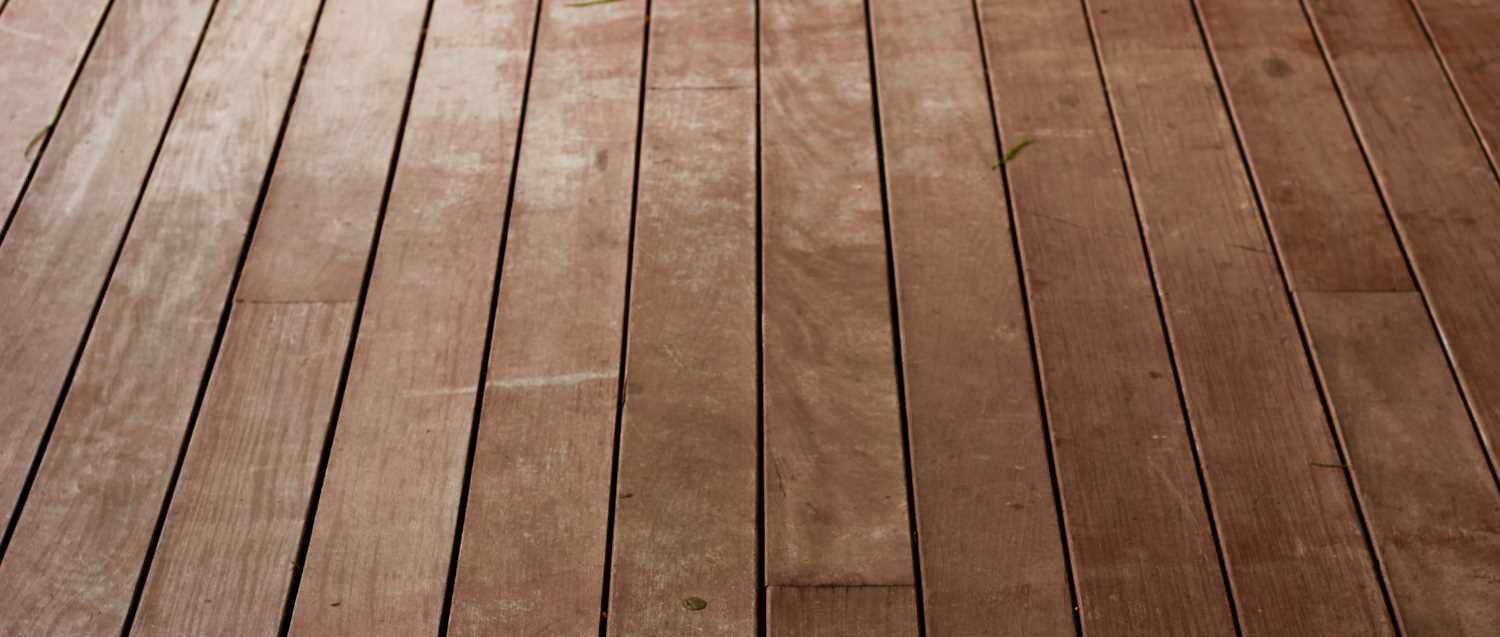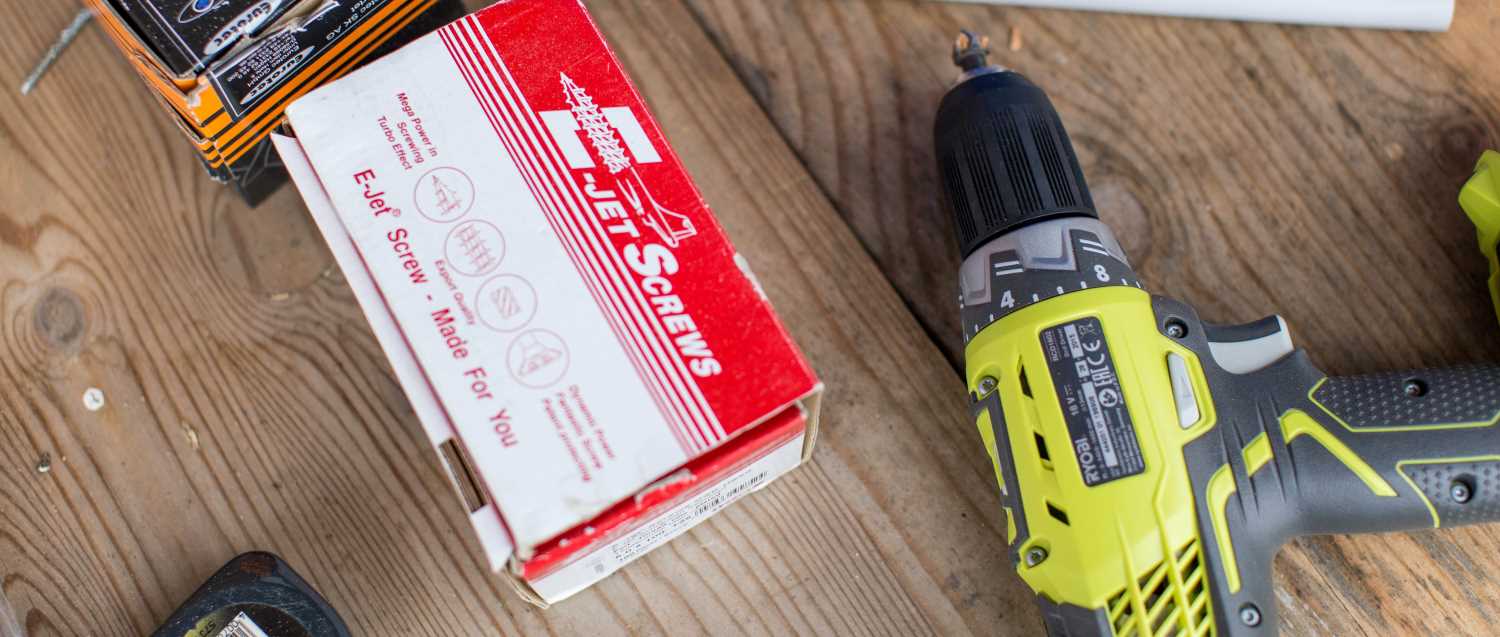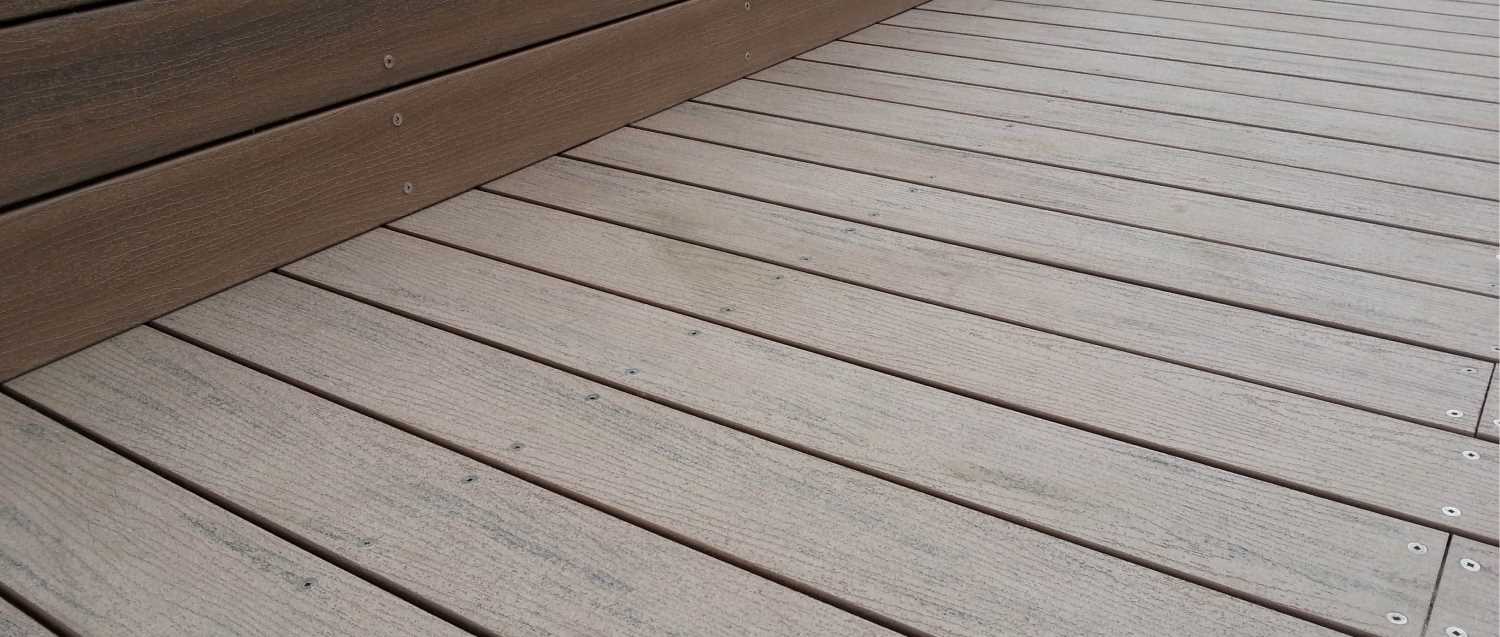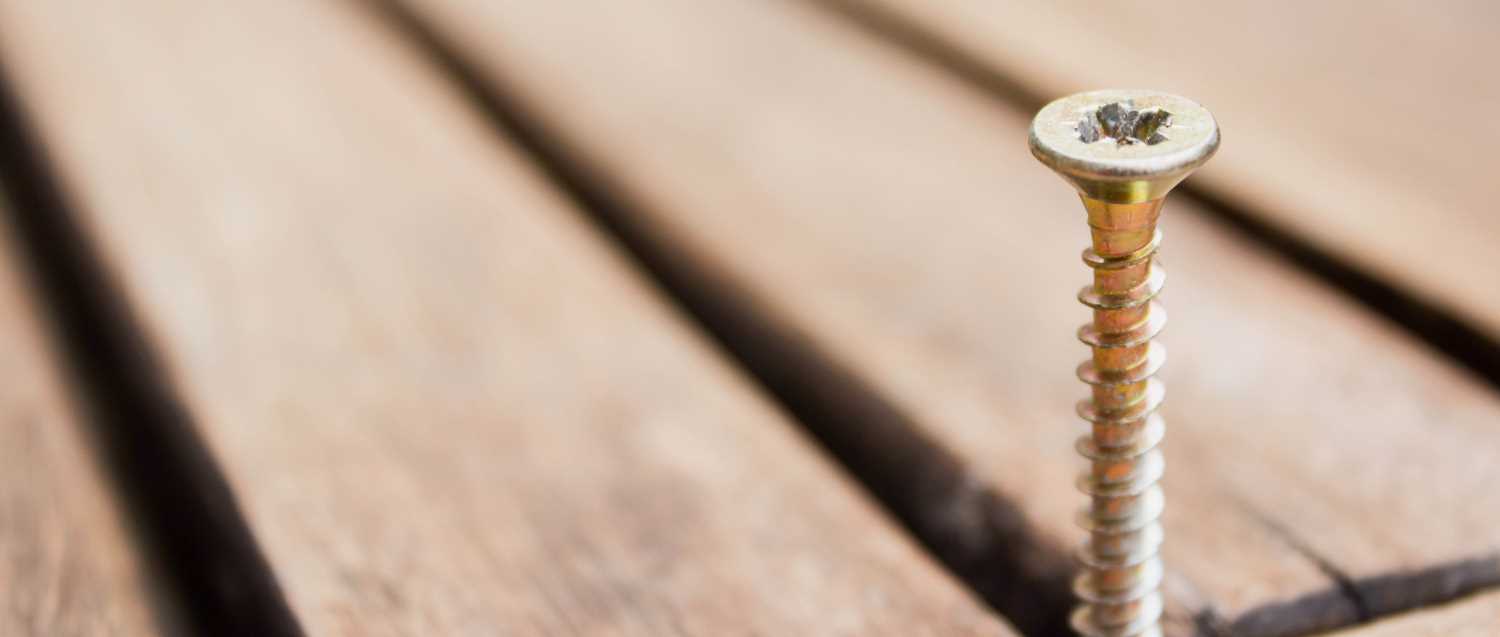- Contact Us
-
Your location
Pialba QLD 4655
Your nearest store is
Hervey Bay
-
Products
Our products
Patio & Outdoor Living See all
Louvre Lighting Outdoor BlindsOutdoor KitchensAll Patio & Outdoor LivingGarages, Sheds & Shed Storage See all
Cyclonic Sheds Flat Roof Sheds & Garages Gable Roof Sheds & GaragesIndustrial & Rural ShedsUmbra Awning Sheds All Garages, Sheds & Shed StorageFencing, Gates & Screening See all
All Fencing, Gates & ScreeningGift CardsMining Outdoor KitchensLawn & Garden See all
All Lawn & GardenSale Clearance All Products - Specials
- Stores
-
About
Stratco is one of the largest producers and marketers of quality building and home improvement products in Australia with a network of stores throughout the country.
- Trade
- Specifiers
HowTo Choose Your Decking
HowTo Select The Right Material For Your Deck
A simple question to ask before choosing the right material for your deck is: do you like mowing the lawn?
If the answer is yes, then we suggest timber decking or composite decking. Yet, if your answer is no, then you should consider composite decking over timber. Like lawn, there is an ongoing maintenance associated with timber decking, as it needs to be stained from once every 6 months, up to once every two years depending on the oil that you use and your environment. Whereas with composite decking you will only need to sweep and hose down occasionally, or, depending on your environment, you may need to scrub with warm soapy water.
Timber Decking

Choosing your type of timber can be a simple choice for most, but for those that live in a BAL (Bushfire Attack Level) rated area, you will need to select a timber that is BAL rated. There are 6 different BAL ratings starting from BAL-LOW, which explains that there are insufficient risks to warrant specific construction requirements, up to BAL-FZ (Flame Zone), which indicates direct exposure to the flames. Read the following timbers required for each BAL rated areas below:
- BAL-LOW: Normal timber and other light-weight cladding materials.
- BAL-12.5 & BAL-19: A bushfire resistant timber species with a density of 750kg/m3 or greater. This timber type includes Blackbutt, Kwila (Merbau), Red Ironbark, River Red Gum, Silvertop Ash, Spotted Gum & Turpentine.
- BAL-29: A bushfire resisting timber (same as timbers above) that also has sarking to the outside of the frame.
- BAL-40: Specialised materials that have a specific Fire Resistance Level like ModWood Flame Shield.
- BAL-FZ: Specialised materials that are non-combustible and have a specific Fire Resistance Level.
Composite Decking
There are various types and brands of composite decking board available in Australia. We can recommend Australian owned and manufactured ModWood from your local Stratco store. We can help you choose the right deck to suit your budget and aesthetic preferences. In the Australian market, there are two main compositions of composite boards. The first generation features the same material throughout the board, whereas the second generation has a hard wearing, co-extruded film that is added to the surface which can improve scratch resistance, product strength and fade properties. If the decking will be used in an all-weather environment or high-traffic area, the second generation will be best suited to your needs.
How Much Decking Will I Need?
Both timber decking and composite decking are generally ordered by the lineal metre. Most composite boards will come in set lengths (typically 5.4m) and, in most cases, timber will come in a range of lengths between 1.2m and 5.7m. The deck is calculated in square metres by multiplying the length by the width, however, calculating in lineal metres takes a few more steps. To work out this calculation you need to know the following:
- Spacing between the decking boards.
- Width of your decking boards.
- The area of your deck in square metres.
To calculate how many lineal metres you need for your deck, do the following:
- Add the spacing between the decking boards to the width of your decking boards.
- Divide this by 1,000.
- Calculate the area of your deck in square metres by multiplying the length by the width.
- Calculate the lineal metres by dividing the square meters (Step 3) by Step 2.
- It is good practice to account for wastage when calculating your required lineal metres. A good rule of thumb is to add 10% for timber and 5% for composite.
Decking Fasteners
Choosing your decking fasteners can be one of the most important decisions when building a deck. Choosing the wrong screw will add unnecessary time and cost to the project, so make sure to keep in mind the following considerations:
- Corrosion resistance: Getting this wrong could cause severe consequences to the quality of your deck. Decking screws must be externally rated and “Class 3” is the entry level of corrosion resistance as per the Australian standard. Class 3 should not be used within 5km of breaking surf or around swimming pools. If you are closer to the coast or a swimming pool, stainless steel is the material of choice. 304 stainless steel is the most common decking screw used in Australia as it can be used in most areas that are greater than 1km from the surf. 316 stainless steel would be your material of choice if being used on boardwalks, marinas or areas that come in contact with saltwater due to its marine grade.
- Size: For decking fasteners, there are 2 main measurements to identify: 1. Length and 2. Gauge. Most brands will feature this on the packaging of the product, so it is easy to identify. The length refers to the size between the top of the head and the tip of the point. Gauge refers to the width of the screw thread. Follow these tips for the best application:
Decking Screw Length
- If fixing to softwood joists, the screw should be 2.5 times the thickness of the decking board.
- If fixing to hardwood or metal joists, the screw should be 2 times the thickness of the decking board.
Decking Screw Gauge
- If the decking board is 90mm or less, an 8- or 10-gauge screw will suit. Anything greater than 10 could cause the timber to split.
- If the decking board is between 91mm and 120mm, a 10- or 12-gauge screw will suit.
- If the decking board is between 121mm and 140mm, a 12-gauge screw will suit.
- If the decking board is larger than 140mm, a 14-gauge screw will suit
- Point Type: The point of the screw will help drive the screw through certain timbers or metal. There are 3 types of common points:
You can use the Blackhawk Decking Calculator to help determine which screw you should use. By answering some simple questions, it will determine the length, gauge, corrosion resistance and point type of screw you should use. Easy as!

Decking Screw Point Type
The point of the screw will help drive the screw through certain timbers or metal. There are 3 types of common points:
- Type 17: This refers to the long, cut section at the point of the screw. The type 17 screw helps to remove debris when being driven through the decking timber and reduces the need to pre-drill in softwood decking boards. If using hardwood decking boards or joists, it is recommended you drill a pilot hole first before inserting the screw.
- Drill point: A drill point screw is used so pre-drilling a pilot hole in the timber is not required. Some drill points can drill through hardwood decking boards without requiring pre-drilling.
- Metal point: A metal point decking screw has a drill-like point along with two wings that project out from the screw. The winged point cuts into the timber creating its own pilot hole, allowing the screw to spin more freely through the decking material. This makes it extremely easy for the screw to drive through metal and ensures there is a proper connection between the decking board and the joist.
If you are a fan of clean lines, there are discrete fixings that are available for most composite decking boards. There are many different types available, each suited to a specific brand of board. For example, ModWood have a clip system available that is easily fixed to the joists that the decking board just clips into. This results in a super simple installation process with minimal visible fixings.
Joist Protection
Lastly, joist protection is becoming more regularly used by deck installers. The main benefit from using joist protection is it will increase the longevity of the sub frame. This is normally the first part of a deck to deteriorate as, typically, it cannot be looked after through oiling or painting once you have installed your decking boards.
Here are a few options:
- Adhesive protection tape: The tape is stuck to the top of the joist or bearer before installing your decking boards. The advantage of adhesive protection tape is that, when installing the decking boards, they won’t slip off the joist when moving them into position. There are 2 types of adhesive protection tape:
- Butyl tape is a tar-based roll of tape. Being tar-based the tar seals around the screw after installation. This may be difficult to work with in hotter climates.
- Acrylic tape like G Tape® has a unique chemistry that bonds to the nail or screw after 72hrs of being installed.
- PVC protections rolls: These are rolled across the joist and need to be stapled or nailed down to hold it on the joist while installing decking boards. The rolls normally have wings on both edges that help with water runoff and prevent pooling water.
- Polypropylene joist protection: These normally come in ridged strips that are fixed down to the joist. They have winged edges to deflect water away from the joists. Some also come with built in joist spacers.
If your manufacturer recommends specific fasteners for their timber or composite, it is important to follow this advice as other products could cause damage. If you are unsure which product to use, contact us and we will be more than happy to help talk you through it.
Free Decking Project Quote And Advice
Contact us for a free quote or advice on your decking project.

